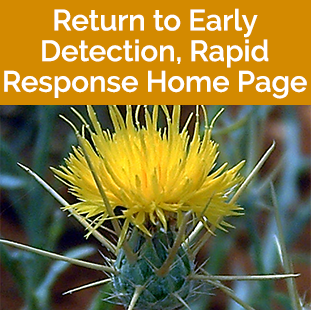Common Reed (also called Phragmites)
(1A, very limited presence in Montana)
(Phragmites australis ssp. australis)
Quick ID
- Montana has both a beneficial native common reed and a destructive and aggressive invasive common reed, both also commonly called phragmites, which look very similar; invasive common reed stems are often dull green or tan with small ridges, native phragmites stems are usually smooth, shiny, and reddish
- Invasive common reed ligules are shorter than 1mm, native phragmites ligules are typically longer than 1mm
- Invasive common reed glumes are smaller than those of native phragmites
- Hollow stems, unlike cattails
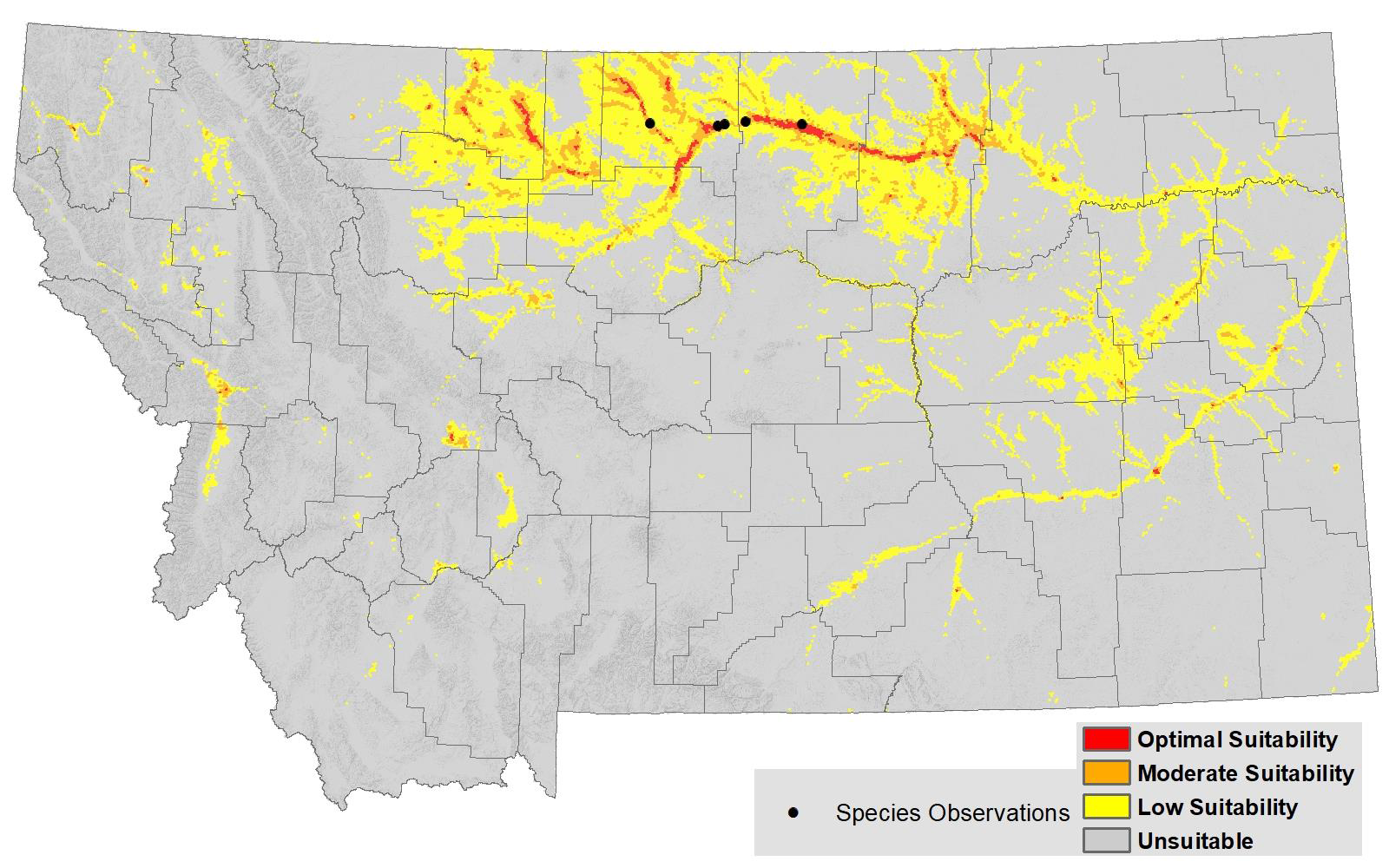
Map Courtesy of Montana Natural Heritage Program, Common Reed – Low Suitability: 8% of Montana, Moderate: 1%, Optimal: <1%. Larger image.

Video Information
Weed Images
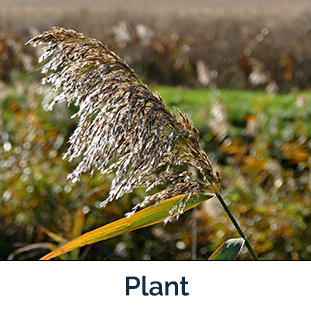
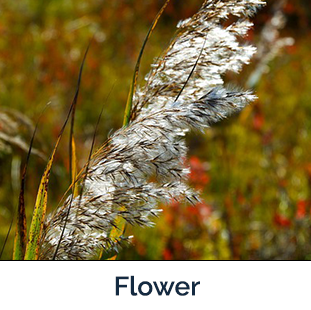
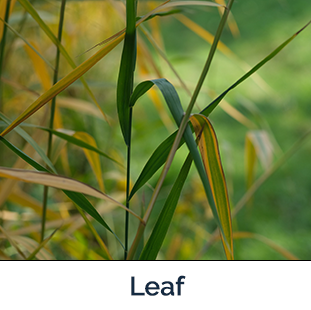

Weed Specifications
| Type | Information |
|---|---|
| Toxicity | Non-toxic |
| Best Management Practices |
Prevention is the most effective management tool because it is very difficult and expensive to eradicate invasive common reed once it has a foothold, healthy perennial plant communities help fend off invasion; plants spread by water or wind dispersed seeds, transplanting, and sometimes rhizome fragments, so be aware of transporting; once established, integrated management involving approved herbicides, mechanical control, and burning may limit spread; no biocontrol agents currently exist. *See additional documents below |
| Habitat | Wet areas and riparian corridors, including marshes, sloughs, ditches, riversides and roadsides |
| Root | Rhizomatous or stoloniferous |
| Leaves | Blue-green, 8 to 24 inches long, flat leaf blades that are ½ to 1 ½ inches wide, native phragmites leaves appear lighter and more yellow-green. |
| Lifespan | Perennial |
| Similar Looking Plants | Native phragmites (also called common reed, Phragmites australis ssp. americanus) is a beneficial wetland plant and is easily mistaken for invasive common reed, distinguishing between the native and invasive subspecies is difficult and experts should be consulted along with possible genetic testing; invasive plants are in general more vigorous overall than natives, with invasive common reed often in dense monotypic stands, stems that regularly persist through the winter, having large, feathery, Christmas tree shaped plumes of seeds, and heights of up to 15’, while natives generally have stems that break down sooner, often grow intermixed with other species, and have a less robust seed head, both subspecies grow over 6’ tall; the seed head on invasive plants is more purple or golden and on natives it is more brown; native plants may have stem spots and invasives do not. |
| Important Information | Native phragmites is very common in Montana and provides positive habitat in the state’s wetlands and waterways, and identification is difficult between the native and invasive subspecies, so seek expert help before trying to manage phragmites if you suspect it’s invasive. |

